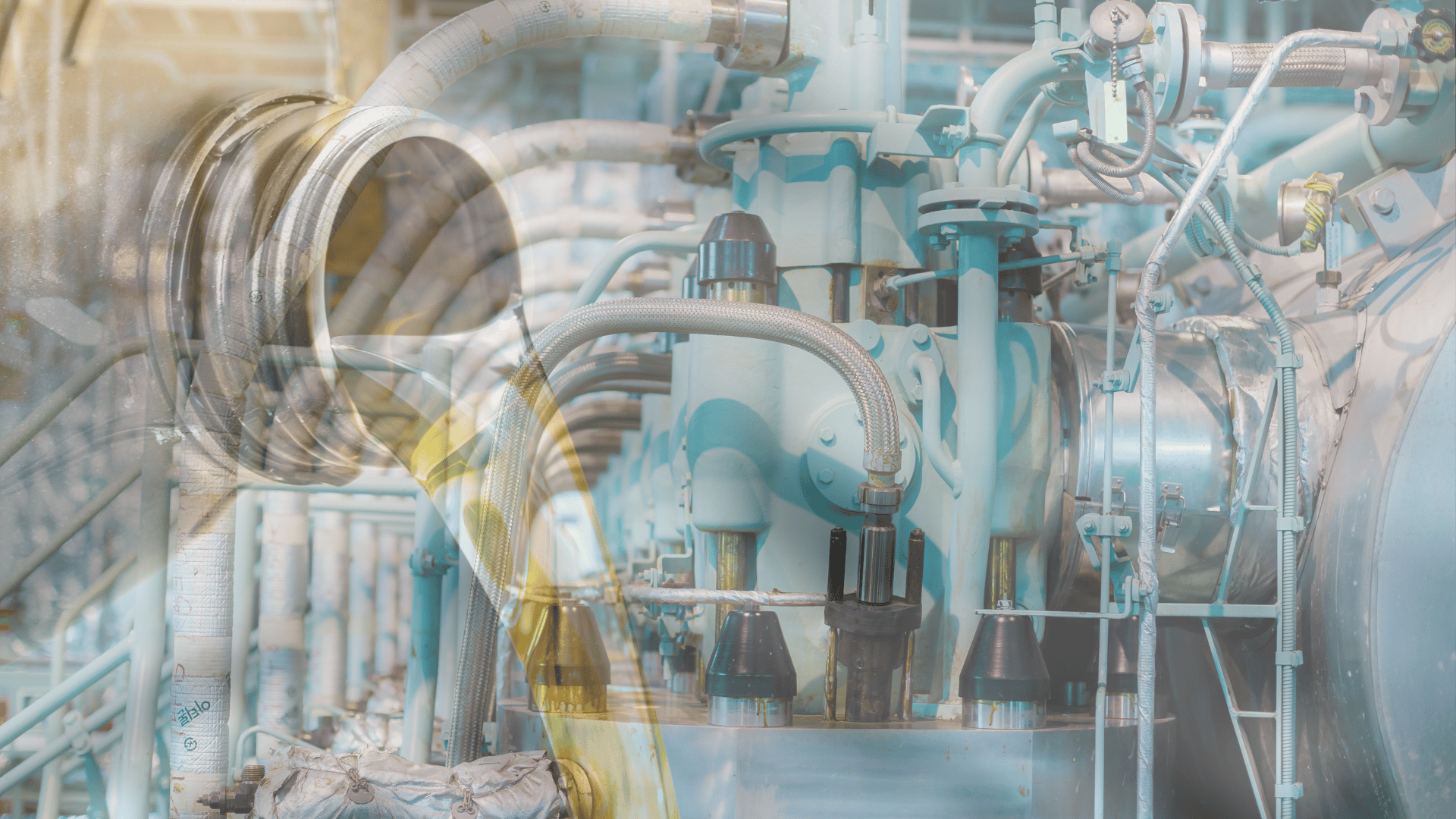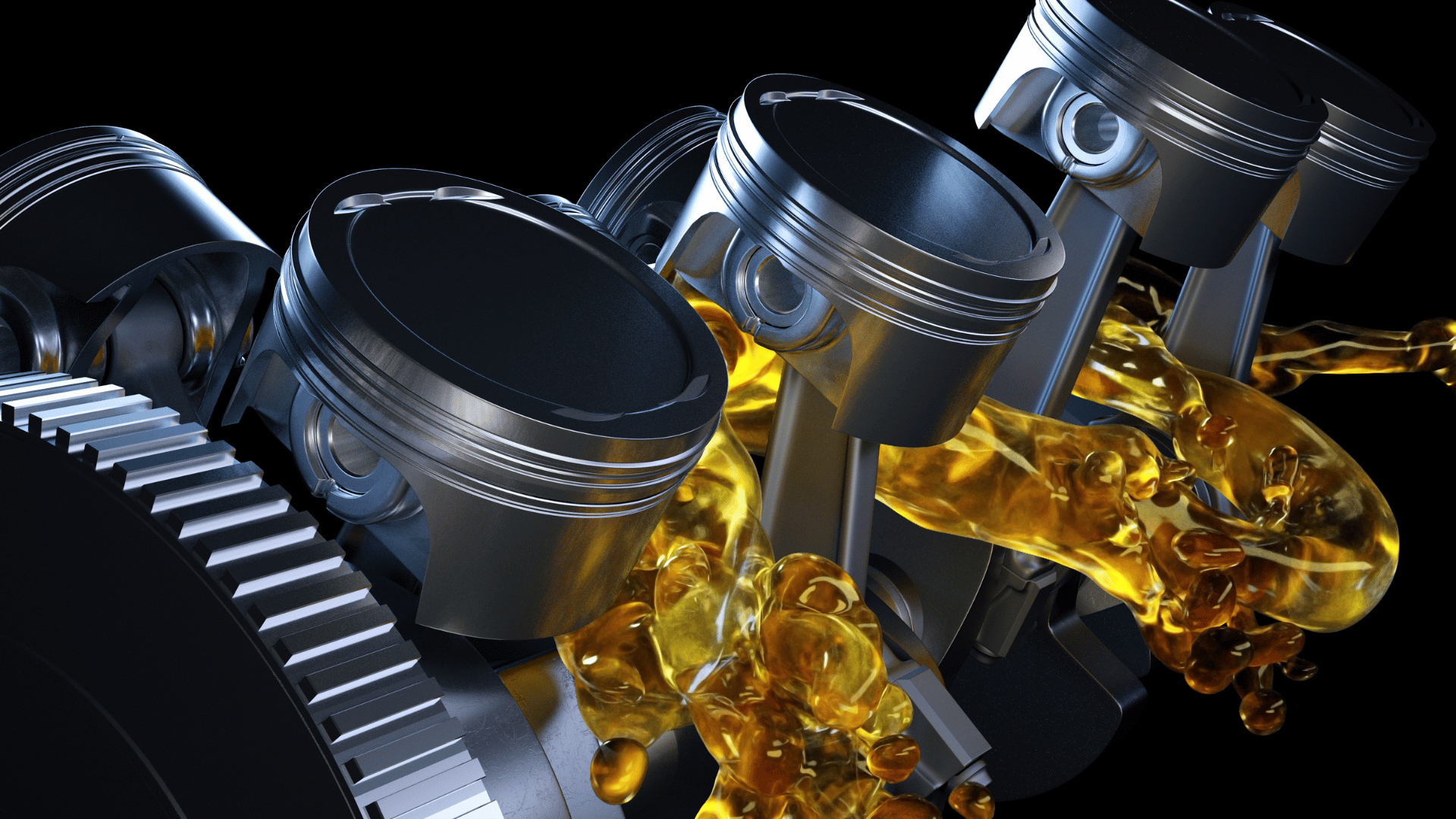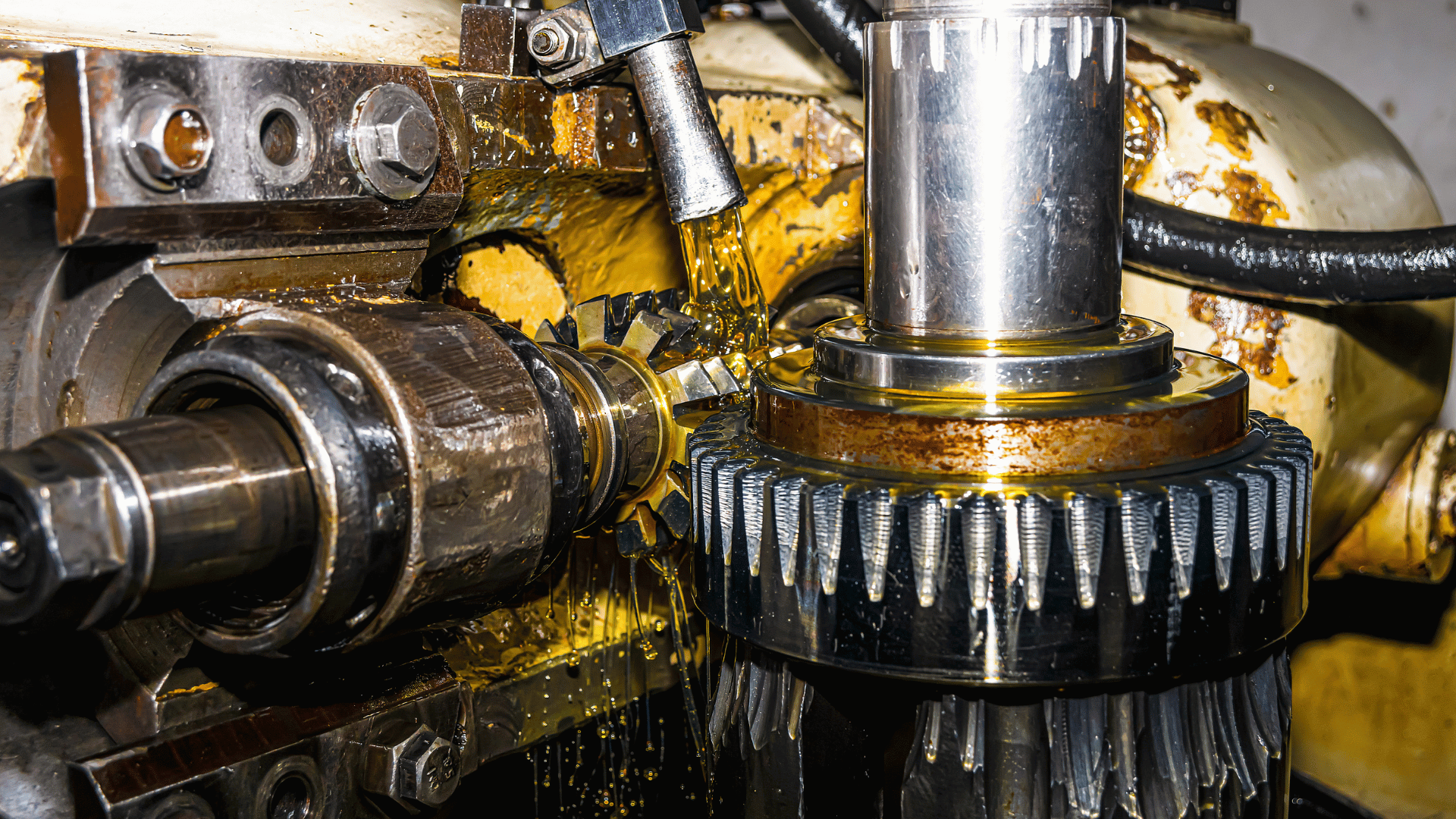Oil Quality Management Solution (OQMS) is a comprehensive approach to maintaining clean and reliable oil for your equipment. OQMS is essentially about measuring and monitoring the quality of the oil and also continuously cleaning it to keep it free of contaminants and maintain its lubrication efficiency.
With our oil quality management solution, you can detect potential issues before they cause significant harm, ensuring the reliability of both your oil and your machine. By keeping your oil in optimal condition for longer periods, OQMS reduces costs and improves efficiency, ultimately increasing the longevity of the machine.
The oil quality management solution's to the lack of accurate
and reliable sensors, and the need for continuous data analysis to identify changes in oil quality.
Read more
It ensures the oil is of the highest, quality preventing premature
wear and tear on machinery and increasing its lifespan.
Read more
By providing detailed oil quality data and remote accessibility
of oil health data, the solution helps to detect potential issues early, preventing costly repairs.
Read more
The system provides detailed oil quality data based on
several key oil quality indicators, improving maintenance practices and oil analysis capabilities.
Read more
With high-quality oil assurance, it helps to improve machinery
performance and reliability.
Read more
The solution helps to achieve savings of up to 50% on the new
oil expenditure by safely extending oil change intervals beyond conventional norms.
Read more
54% of the machine failures can be linked to improper lubrication. Clean oil = proper lubrication = less friction, wear & tear = lesser failure. Lesser failures lead to enhanced life of machinery & components!
The charts below shows the direct correlation between oil cleanliness and the resultant increase in machinery & component life (represented as MTBF – Mean Time Between Failure) These calculations are based on research data published by Noria Corp., USA which is a leading research and training organization in the field of oil management.
Bypass oil cleaning systems are designed to filter out from the
oil as it circulates through the system. However, relying solely on a bypass system to maintain oil cleanliness and quality standards can have limitations.
Read more
Oil oxidation is the process by which oxygen reacts with the
hydrocarbons in the oil, leading to the formation of byproducts such as acids, sludge, and varnish. This process is the nemesis of oil management because it can reduce the performance and lifespan of the oil, as well as the equipment it lubricates.
Read more
The consequences of oil oxidation can be severe and can include
varnish formation, reduced load-bearing capacity, increased particulate matter, and greater wear and tear on equipment. Varnish is a particularly problematic byproduct of oil oxidation, as it can adhere to equipment surfaces, reducing their efficiency and causing them to malfunction.
Read more
Traditional methods of oil quality assessment are
often subjective and rely on visual inspections or lab-based tests, which can be time-consuming and expensive.
Read more
Approximately 56% of engine failures can be attributed to
lubrication-related problems. This highlights the critical role of proper oil quality management in preventing equipment breakdowns and costly repairs.
Read more
Changes in oil quality can a serve as early indicators of engine wear
and emerging faults. However, effectively identifying and interpreting these changes requires consistent monitoring and analysis of oil conditions.
Read more
Oil changes and top-ups are significant expenses in engine
maintenance. Blindly following running-hour-based oil change intervals without considering the actual oil quality can result in unnecessary costs, with expenditures on new oil potentially increasing by 50%.
Read more
The solution's simple installation process makes it easy to
integrate into existing machinery setups.
Read more
The system follows the optimal oil replacement period,
not based on OEM recommendations, ensuring optimal performance of the machinery.
Read more
We offer detailed data on several key oil quality indicators,
giving users a complete picture of their machinery's oil health.
Read more
Our oil health monitoring system provides real-time
data for early detection and prevention of issues.
Read more
Condition Monitoring System offer data on the condition
of the machinery in real-time, enabling quick identification of problems.
Read more
The solution's continuous oil cleaning and in-depth
filtration systems ensure that the oil remains clean and of high quality.
Read more
Our system gives assurance on the highest oil quality,
preventing premature wear and tear on machinery and increasing its lifespan.
Read more

The solution's simple installation process makes
it easy to integrate into existing machinery setups.
Read more

The system follows the optimal oil replacement period,
not based on OEM recommendations, ensuring optimal performance of the machinery.
Read more

We offer detailed data on several key oil quality
indicators, giving users a complete picture of their machinery's oil health.
Read more

Our oil health monitoring system provides real-time data for
early detection and prevention of issues..
Read more

Condition Monitoring System offer data on the condition
of the machinery in real-time, enabling quick identification of problems.
Read more

The solution's continuous oil cleaning and in-depth
filtration systems ensure that the oil remains clean and of high quality
Read more

Our system gives assurance on the highest oil quality,
preventing premature wear and tear on machinery and increasing its lifespan
Read more
Neptunus Power Plant Services Pvt. Ltd.
India
Neptunus Main Office
A 554/555, TTC Industrial Area,
MIDC Mahape, Navi Mumbai,
Maharashtra 400710, India.
UAE
Neptunus Global Trading (NGT)
Ras Al Khaimah Economic Zone,
RAKEZ Al Mamourah Street,
Ras Al-Khaimah, UAE.
France
dataVIB Impédance
80 Dom. de Montvoisin,
91400 Gometz-la-Ville,
France.